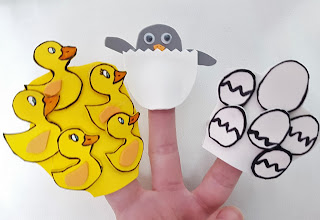Hi everyone!
Today in class, my classmates and I have done a drama activity in group. It has been a short `morality´ play based on traditional story elements, in 7 scenes, called: The wise Woman.
Before start telling you my experience, I would like to leave you some information about the play.
- Synopsis: When the king decides to ban old people from the town, this means a lot of pain and sorrow for old and young. But things get worse... and finally even the king understand that if it wasn´t for a young old boy and his mother, the country would be in serious trouble.
- Roles: chorus 4-6, soldier 1-4, Men 1-2, Women 1-2, old woman, her son, Queen and wise men 1-2.
- Runtime : 7-8 minutes, more or less
- English level: intermediate-B1
First of all I have to say that i don´t usually like drama activities. For that reason, I was scared when Susana, my teacher, explained us the activity.
Initially, we were going to divide the class into several groups but we thought it is best to do it all together. So we chose a play with many characters and an adequate level of English. Then, we started to rehearse. It took us a few days to learn it.
From my point of view, the result was great! We have all gotten into our role. We have disguised ourselves and we have represented the play several times.
After that, Susana showed us a video that taught us how to improve our performance (how to focus our voice, how to place ourselves in the space, the way to act, the way to move around the space...)
It has been a good way to work in group helping, collaborating and sharing ideas and opinions.
The truth is that it has been quite fun.


